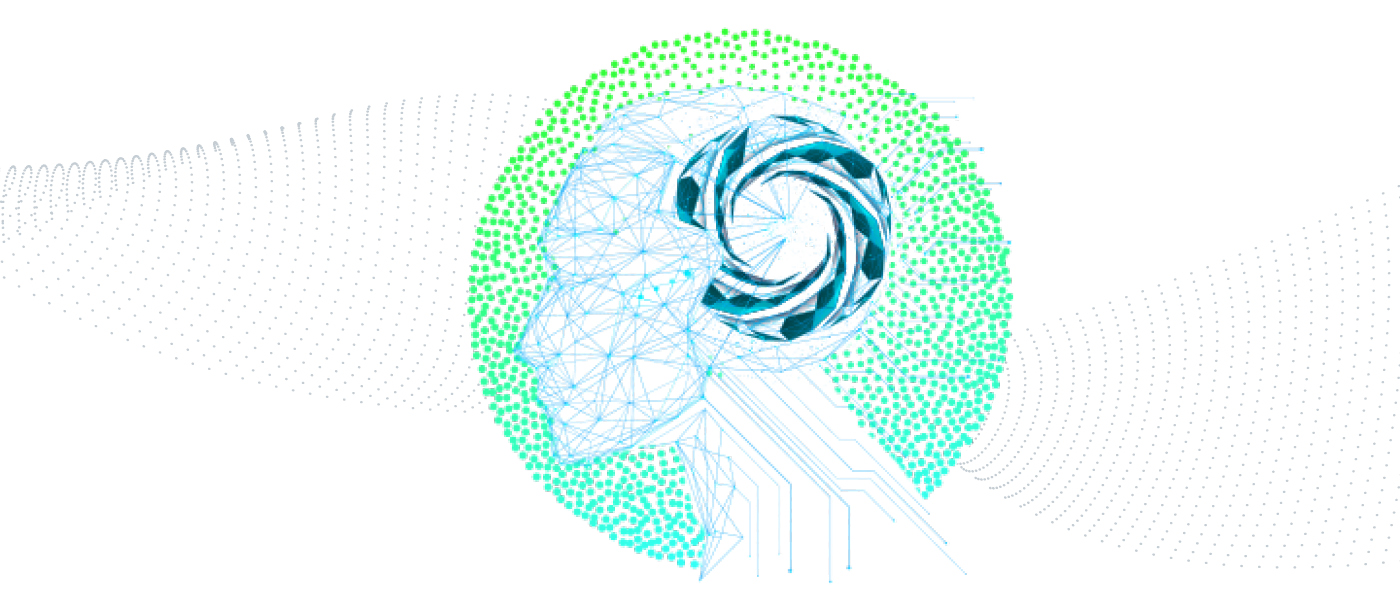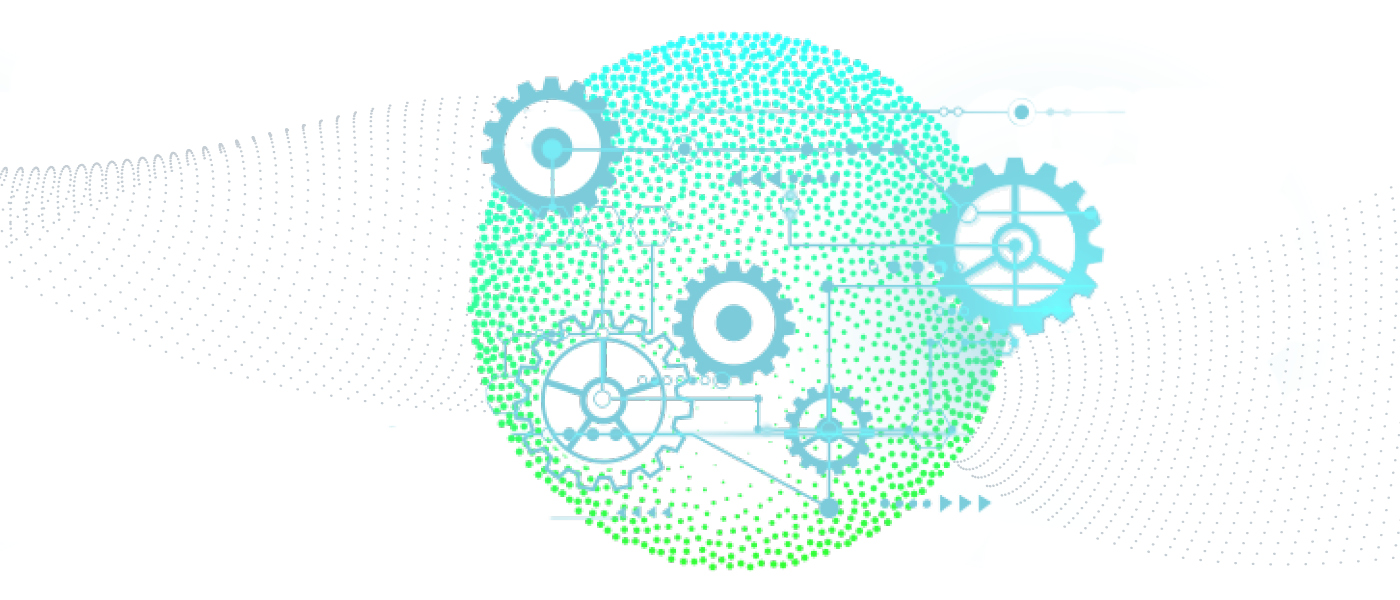HCPs as DOLs: Using Thought Leadership to Boost Doctor-to-Doctor Referral Marketing
When it comes to thought leadership, healthcare professionals (HCPs) can support doctor-to-doctor referral marketing efforts by putting on the hat of a Key Opinion Leader (KOL) or a Digital Opinion Leader (DOL) to show off their expertise. Although some marketers say a DOL is simply a KOL who is operating online, others say there are distinct differences between the two.
KOLs vs DOLs
According to Danny Flamberg, VP Strategy-HCP at LiveWorld, there may be a lot of overlap between KOLs and DOLs, but there are key differences, too. Writing in the context of pharma marketing, he says KOLs are:
- “Established and known leaders, published authors, investigators, and clinicians in their specialties, acknowledged and appointed by medical affairs teams…”
- “…lend authority, credence, and validation to the strategy and the science behind new drugs and new treatment protocols”
- “…can identify objections and questions in advance based on their experience and understanding of markets and clinical thinking”
He says KOLs typically focus on providing information about specific disease states, various strategies for treatment, and new technologies.
However, DOLs are “younger, self-appointed, self-promoting, digitally savvy, informal clinicians and practitioners dedicated to sharing information with their professional peers,” Flamberg says, adding that although KOLs in this context are typically doctors, many different types of HCPs may be DOLs.
Noting the importance of providing “relevant, realistic, evidence-based expert insights into medical and clinical topics” to establish and maintain credibility, he says HCP DOLs often gain followers who can relate to what they share, since they have similar clinical experiences and challenges.
DOLs, thought leadership, and referral marketing
Thought leadership can be a valuable tool for doctor-to-doctor referral marketing — which is why developing a reputation as a DOL can boost your efforts, especially if you use social media to do it. In a separate LiveWorld post, Flamberg says that 75% of U.S. physicians use both private and public social media to support their professional work.
“This is especially true for Millennial and Generation Z physicians who want to personally determine when, where, and how they access short, factual, telegraphic, and snackable video or graphic content…on Facebook, Twitter, or LinkedIn or behind the gates of Sermo, Doximity, or other so-called ‘Walled Gardens,’” he adds.
Flamberg also notes that interactions between peers are “highly prized” because many HCPS want to collaborate with practitioners who care for similar patient populations and face the same types of clinical challenges.
He cites a recent LiveWorld-Sermo survey of 206 physicians across ten specialties which found that the ability to interact with peers on social media is a major attraction for HCPs: “HCPs increasingly use social media to connect with peers in HIPAA-compliant networks such as HCP-only walled gardens or end-to-end encrypted messaging platforms. …”
DOLs and influencer marketing
The LiveWorld-Sermo survey also found that nearly 50% of HCP respondents indicated they follow an HCP influencer on social media. However, those influencers must have “credible credentials, content that’s relevant to the HCP’s practice, and deep knowledge about the topic being discussed” to be considered worth following.
In a post that discusses the link between DOLs and the rise of influencer marketing in healthcare, Daniel Ghinn, CEO & Founder at CREATION.co says DOLs are the “online influencers of the healthcare world.”
“Ever since the phrase ‘Digital Opinion Leader’ was first introduced in 2012, much has been written and said about the influence of healthcare professionals (HCPs) on social media,” Ghinn writes.
He also differentiates between “scientific” DOLS and brand ambassadors, noting that generally, the former can be distinguished by:
- Scientific credentials — which are usually high
- Most active channel(s) — which typically include Twitter (X), Sermo, blogs
- Who they influence: Peers; individuals with similar interests
- Why they use social media: Peer learning and collaboration; developing their profile
Underscoring the fact that there are exceptions to these generalizations, he also notes that they don’t apply to all PCPs: “Some doctors with strong scientific credentials are on TikTok, playing an important role in health advocacy and education among TikTok’s demographic,” which is usually younger compared to Twitter-now-X users.
The wealth of knowledge HCPs possess provides a goldmine of potential when it comes to thought leadership and connecting with potential referral partners. The key is to demonstrate that expertise in a visible way so other HCPs can tap into it — and using social media is a great way to do it.
Contact us today to find out how we can help level up your healthcare marketing strategy.







 Ad Choices
Ad Choices